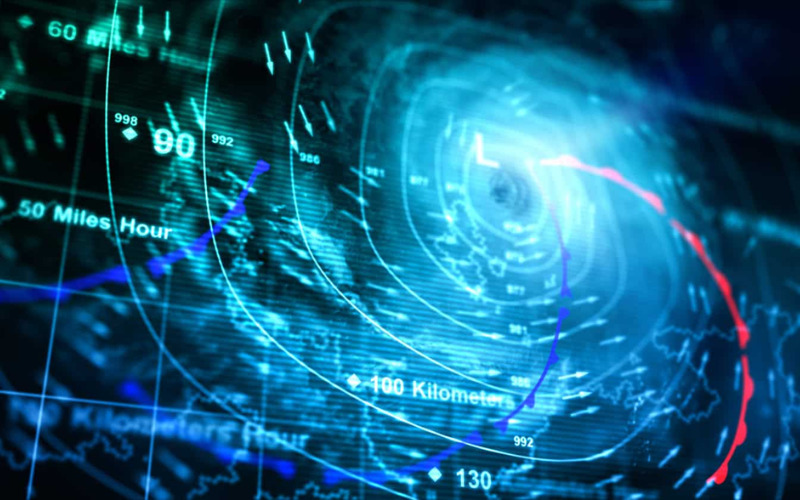Artificial Intelligence (AI) is reshaping industries and remodelling the way we interact with technology. It refers to the simulation of human intelligence approaches by machines, especially computers. These processes include learning, reasoning, problem-solving, understanding natural language, and adapting to new information. AI technology performs responsibilities that require human intelligence, revolutionizing industries and enhancing diverse elements of our lives. Its ability to drive innovation, solve complex problems, and improve efficiency is tremendous, but its development and ethical concerns are important to ensure its effect on society. However, AI is omnipresent in all fields and industries. Dive into the ocean of Artificial Intelligence to explore its applications:
1. Virtual Assistants
Virtual assistants are AI-powered applications that can understand and reply to human voice instructions. They offer a range of services, from answering questions and putting reminders to controlling smart devices. Examples encompass Siri, Alexa, and Google Assistant. These assistants use natural language processing to interpret queries and provide applicable information or perform tasks, making interactions more seamless and intuitive.
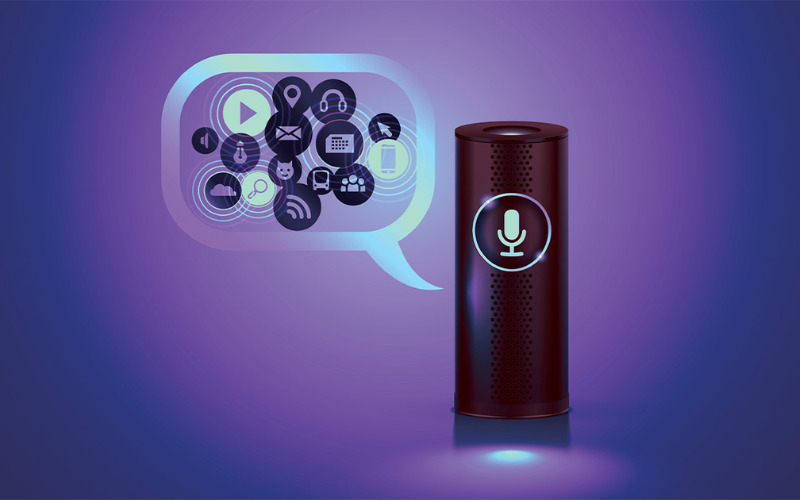
2. Chatbots
Chatbots are AI-driven systems that interact in text or voice conversations with users. They are used across industries for customer service, answering FAQs, and providing information. They use NLP to comprehend user queries and generate suitable responses. They can deal with routine tasks, freeing up humans from complex issues. Chatbots enhance personal reviews by offering quick responses, 24/7 availability, and consistent interactions.
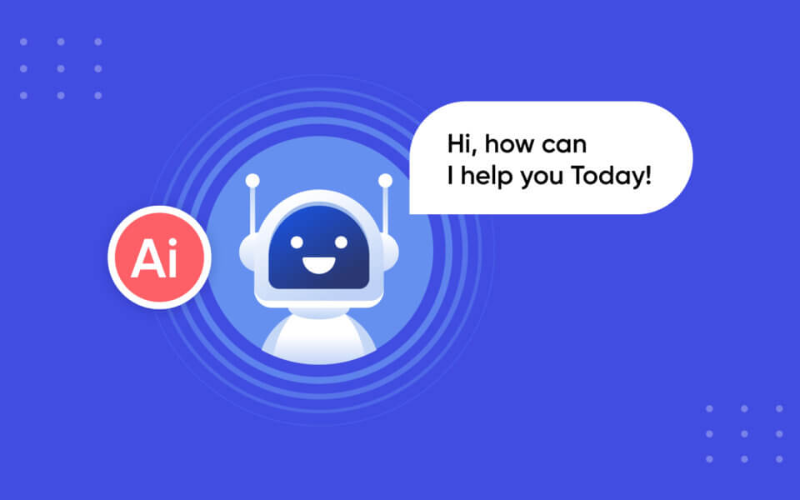
3. Recommendation Systems
Recommendation systems use AI algorithms to analyse user behaviour, and options and suggest items they could like. These systems are used in e-commerce, streaming platforms, and content providers. By analyzing past interactions and patterns, they offer personalized suggestions that enhance user engagement and improve sales. Netflix’s film recommendations and Amazon’s product suggestions are well-known examples.

4. Image Recognition
Image recognition is an AI application that enables computers to interpret and detect objects, patterns, or features in pictures or videos. This technology is used in various fields, which include medical imaging, security, and autonomous automobiles. Image recognition algorithms examine visible information to make decisions, consisting of identifying diseases in medical scans or detecting objects in self-driving cars, contributing to accuracy and efficiency in several industries.
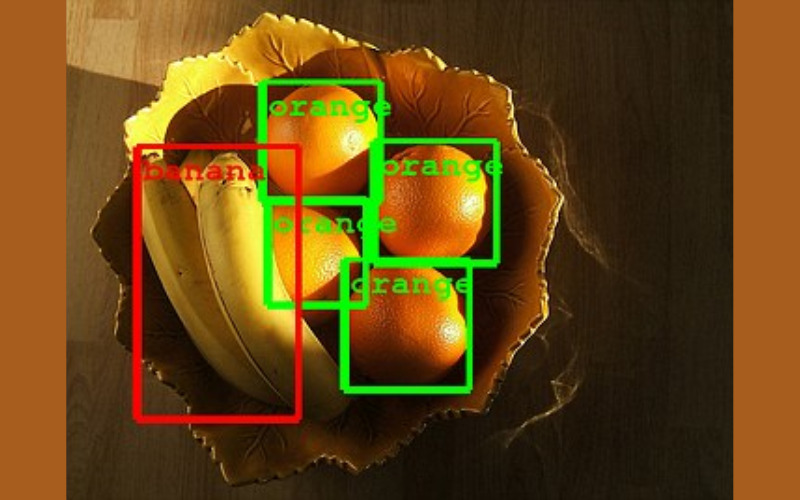
5. Speech Recognition
Speech recognition converts spoken language into text. It enables users to interact with devices through voice commands and additionally allows transcription services. It is utilised in voice assistants, dictation tools, and voice search. It uses complicated algorithms to analyse audio inputs and convert them into understandable and actionable text, permitting hands-free interaction and accessibility.
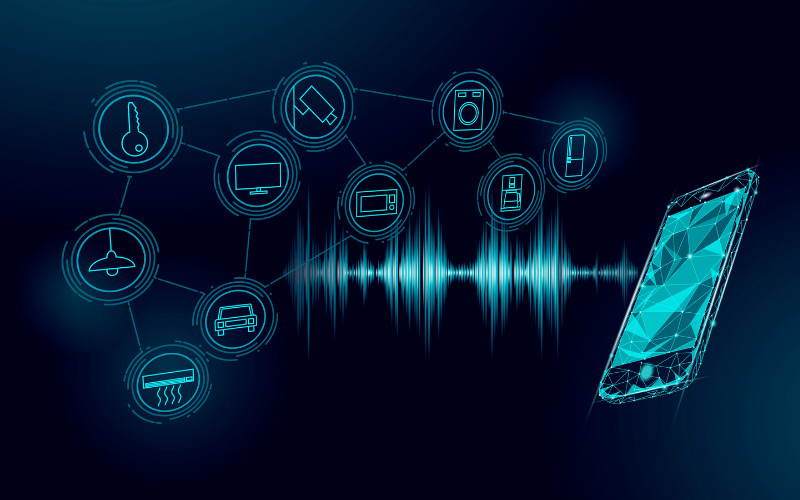
6. Autonomous Vehicles
Autonomous vehicles, also known as self-driving cars, use AI algorithms and sensors to navigate and make decisions without human intervention. These automobiles extract data from cameras, LIDAR, and RADAR to detect and respond to road conditions, barriers, and other vehicles. The AI in autonomous vehicles requires massive quantities of data in real-time, enabling safe and efficient transportation whilst paving the way for a future of mobility with reduced accidents and traffic congestion.
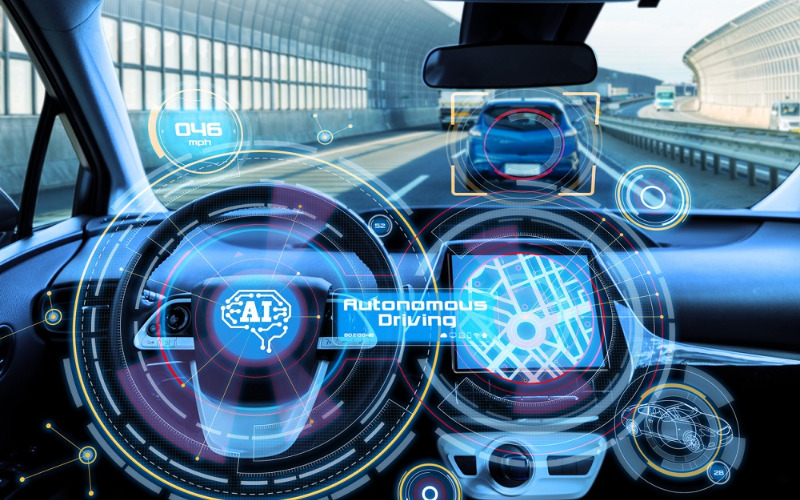
7. Healthcare Diagnostics
AI is revolutionising healthcare diagnostics by analysing medical images, which include X-rays and MRIs, to find diseases and abnormalities. Machine learning algorithms can quickly identify patterns that are probably missed by human radiologists. It improves early detection, reduces error, and complements patient outcomes.
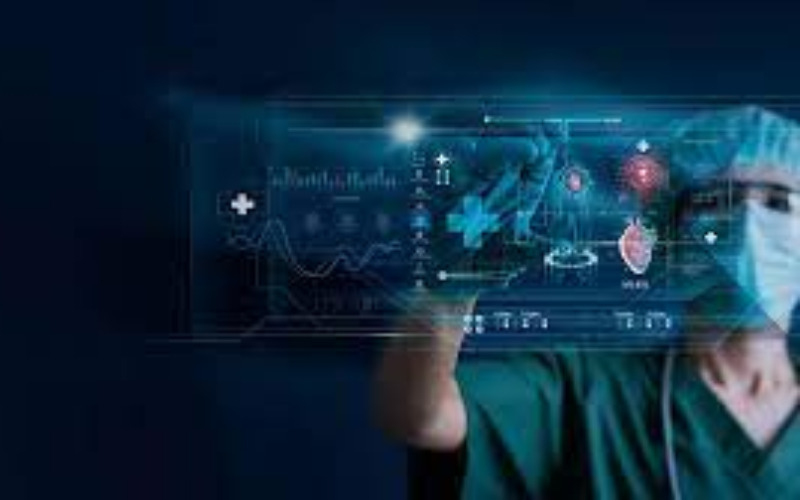
8. Fraud Detection
AI finds fraudulent activities in several industries like finance and e-commerce. Machine learning models analyse huge datasets to detect unusual anomalies and patterns to indicate a possibility of fraud. By analysing past data, AI models adapt to new fraud tactics and prevent financial losses.

9. Virtual Reality (VR) And Augmented Reality (AR)
AI develops immersive experiences in VR and AR applications. AI algorithms analyse real-world environments and render virtual objects to interact seamlessly with the physical world. They find use in gaming, training simulations, medical procedures, and architecture visualisation.
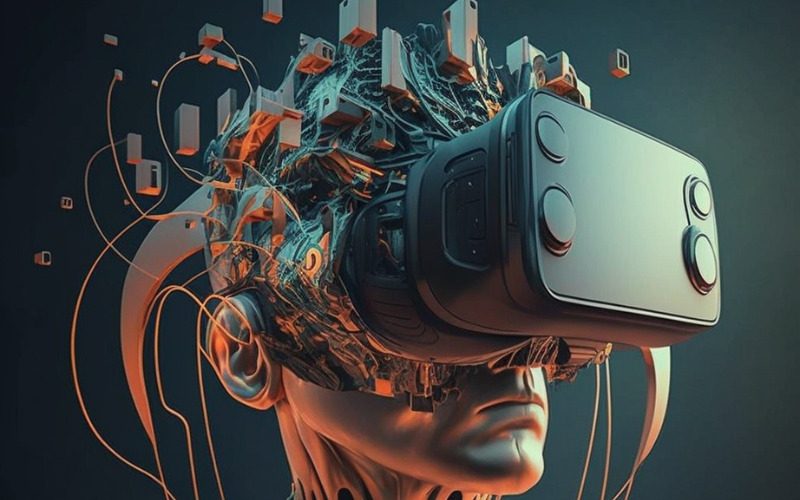
10. Predictive Analytics
Predictive analytics forecast future outcomes based on historical information. By analysing patterns and trends, machine learning models can predict stock market developments, user behaviour, and equipment maintenance requirements. It permits agencies to make informed decisions and take proactive actions.
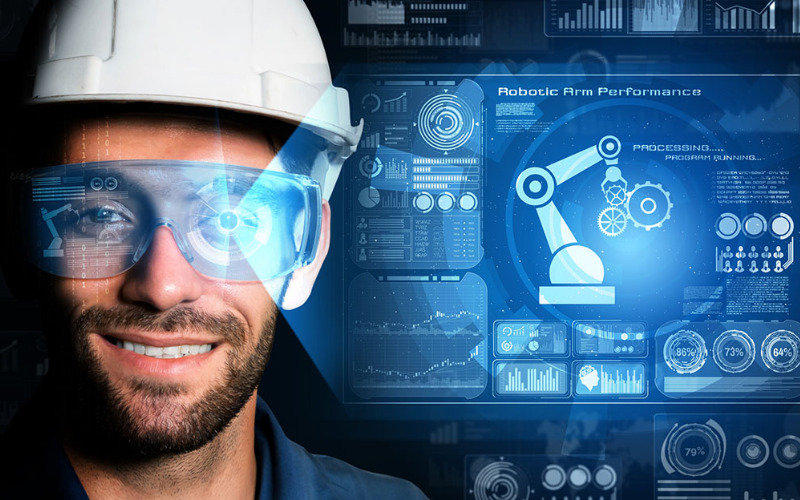
11. Financial Trading
AI in financial trading is used for algorithmic trade, in which ML models examine market data and execute trades with minimal human intervention. These models can perceive market trends, predict stock prices, and execute trades at high speeds, enhancing efficiency and decreasing risks.
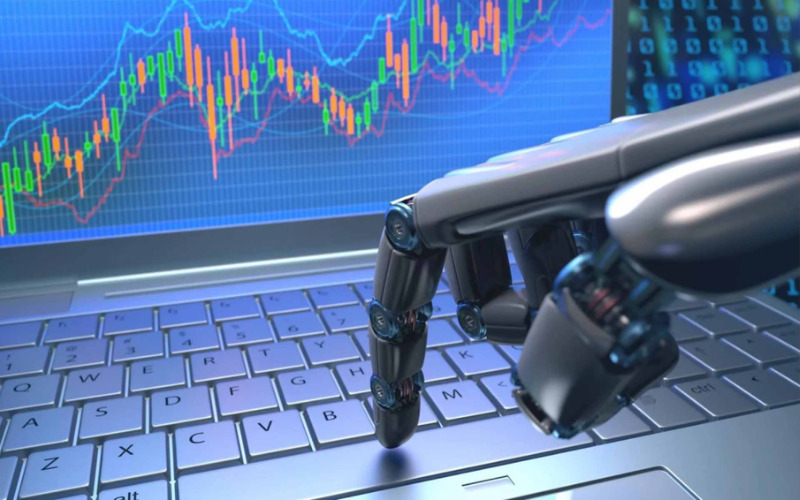
12. Language Translation
AI-based language translation tools, along with Google Translate, use ML models to translate text from one language to another. These models analyse huge datasets of translated text, improving translation accuracy and enabling seamless communication across several languages.

13. Energy Management
AI is used in energy management systems to optimize power consumption and distribution. Machine learning algorithms analyze power usage patterns, predict fluctuations, and offer techniques to reduce wastage. Smart grids powered by AI assist in balancing supply and demand, enhance power efficiency, and integrate renewable energy resources seamlessly.
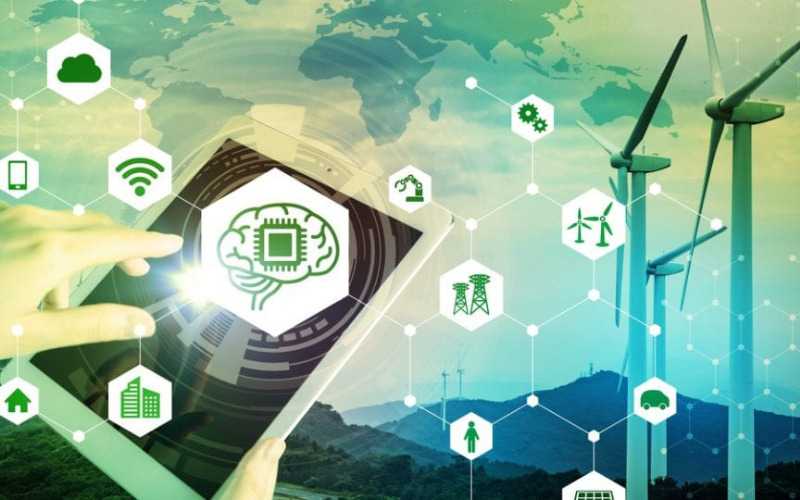
14. Education
AI is revolutionising education by personalizing learning experiences. Adaptive learning platforms use AI to analyse students’ progress, learning options, and strengths and weaknesses. This data tailors course content and provides individualised knowledge, enhancing student engagement and outcomes.

15. Robotics
AI permits robots to carry out tasks autonomously and adapt to changing environments. In industrial settings, robots geared up with AI can cope with complicated manufacturing techniques, assemble products, and even collaborate with humans accurately.

16. Criminal Justice
AI supports criminal justice systems by analysing large volumes of criminal documents, case histories, and evidence to assist legal professionals and judges in research and decision-making. Predictive analytics can help forecast crime patterns to allocate resources more effectively.
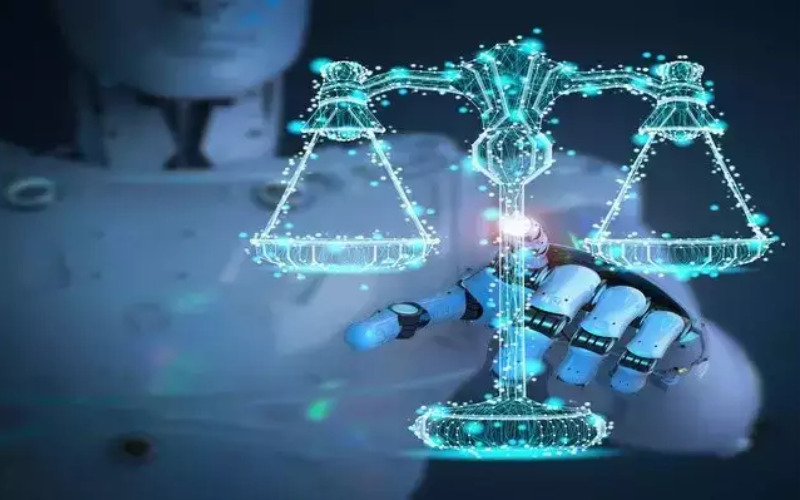
17. Smart Agriculture
AI-based sensors and data analysis optimise agricultural practices. These technologies track crop health, manage irrigation, predict disease outbreaks, and automate harvesting. It enhances yields, minimises resource utilization, and paves the way for sustainable farming.

18. Oil And Gas Exploration
AI is revolutionising the oil and gasoline industry by improving exploration and drilling processes. Machine learning algorithms examine seismic data to predict subsurface oil reserves. AI-powered robots and drones can investigate pipelines, refineries, and rigs for safety and maintenance, lowering operational risks and costs.

19. Space Exploration
AI in space exploration permits data evaluation, autonomous navigation, and decision-making for spacecraft. ML algorithms analyse vast amounts of data from satellites and space probes, aiding in the discovery of celestial bodies, understanding cosmic phenomena, and planning interplanetary missions.
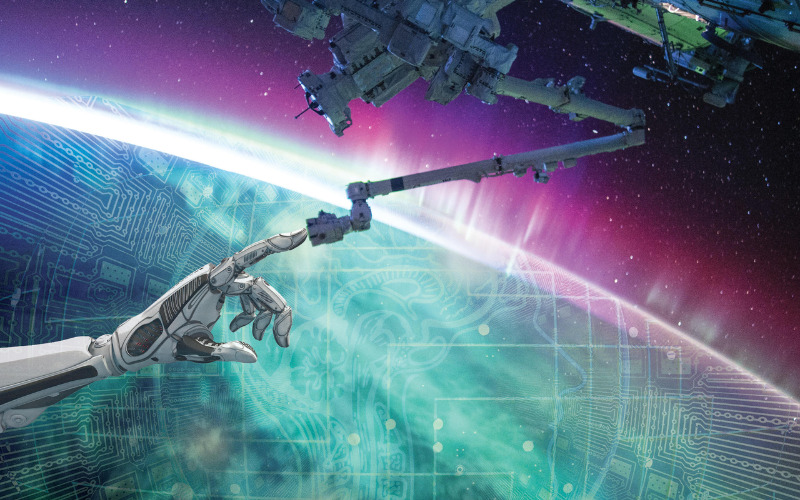
20. Weather Prediction
AI revolutionises weather prediction by analyzing huge amounts of meteorological data from several resources. Machine learning models process historical climate data and atmospheric patterns to offer a brief and long-term forecast. AI-enhanced climate predictions help in disaster preparedness, agriculture planning, and infrastructure management.
